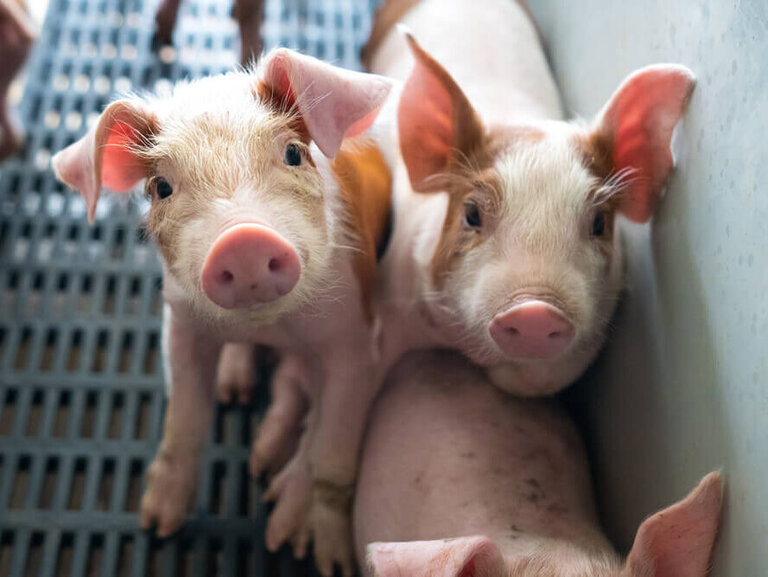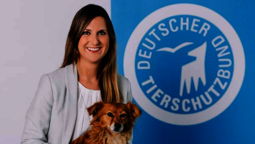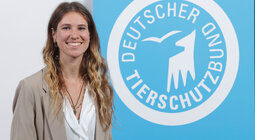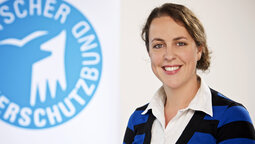In view of the culling of tens of thousands of animals in the wake of avian influenza, the German Animal Welfare Federation is calling for livestock numbers to be reduced.
“If the avian influenza pathogen is introduced, the consequences for the huge numbers of animals kept today will be dramatic. Due to the high number of animals, pathogens can spread to countless animals, which are then killed in one fell swoop,” explains Stephanie Riederer, specialist for animal diseases at the German Animal Welfare Federation. “For reasons of disease control, but of course also for reasons of animal welfare and climate protection, we must reduce animal populations and the consumption of animal products.” The German Animal Welfare Federation believes that the German government, which announced a restructuring of livestock farming in its coalition agreement, has a duty in this regard.
INTENSIVE LIVESTOCK FARMING PROMOTES THE SPREAD OF ANIMAL DISEASES
In the view of the German Animal Welfare Federation, mass culling is a consequence of the agricultural industry getting out of hand. More and more animals are being kept in ever smaller spaces in ever larger stables. The scale of an epidemic can therefore hardly be contained. In areas with many farms, such as Lower Saxony, where around 100 million poultry are kept, the risk of pathogens spreading from one farm to another is even greater: the movement of people and transport between farms poses a high risk of virus transmission. As a general rule, animals in intensive farming systems that are not animal-friendly are more susceptible to infectious diseases due to chronic overloading of the immune system.
SAFETY MEASURES CAN REDUCE OUTBREAKS
In addition to the necessary reduction in livestock numbers, various biosecurity measures can help to reduce the number and extent of avian influenza outbreaks. For example, care staff should only enter or leave poultry houses after changing their shoes and clothes and thoroughly cleaning and disinfecting them. Protective measures should be taken to prevent contact between domestic and wild poultry in free-range systems - for example by only offering food and water in the poultry house. Vaccinations can reduce the multiplication and excretion of pathogens and mitigate the course of the disease, but are not currently approved in the EU. On the other hand, stabling, which is stressful for the animals, should only be carried out if it is absolutely necessary. The animal welfare campaigners reject the prophylactic culling of suspected disease flocks without positive virus detection.
In the epidemiological year 2021/2022, there were 2,520 outbreaks in poultry farms in 37 European countries; 50 million animals were culled. In Germany, there were 42 outbreaks in poultry farms between September and December 2022 and mass culls have also occurred repeatedly in recent weeks. For example, 70,000 ducks were killed in the district of Schwandorf, 20,000 turkeys in the district of Börde and 11,000 chickens in the district of Höxter.
Note to editors: The German Animal Welfare Federation is also making its demands for the restructuring of livestock farming as part of its current campaign “Now more animal welfare!”, which critically accompanies the government's animal welfare plans: www.jetzt-mehr-tierschutz.de/nutztierhaltung






